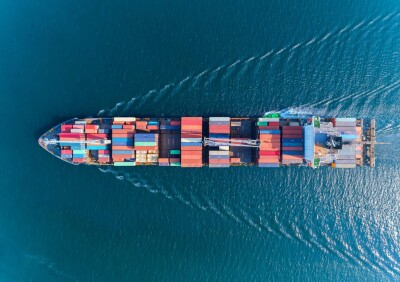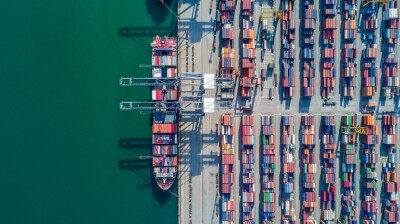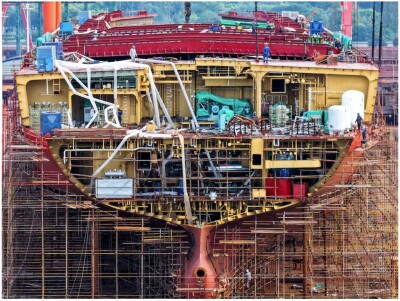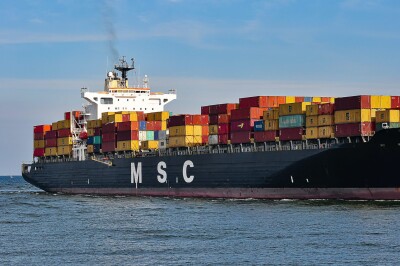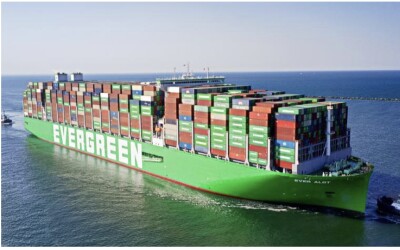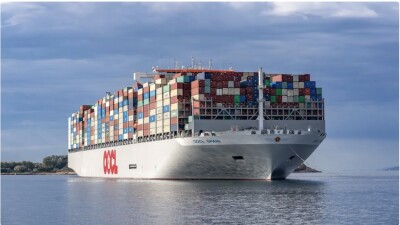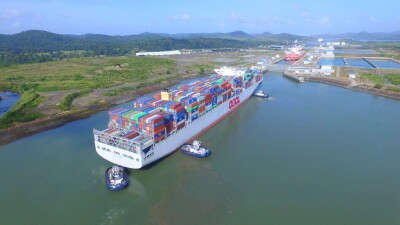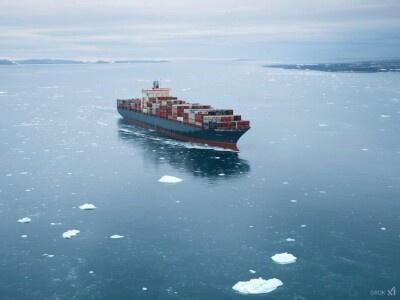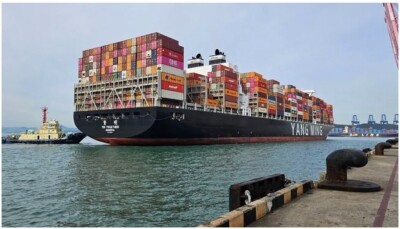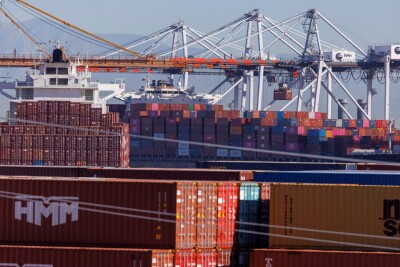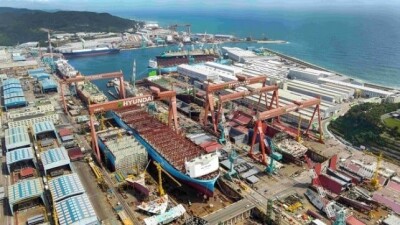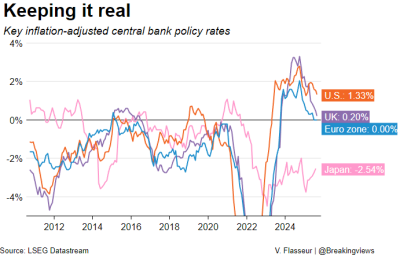Possible scenarios for container port thoughput

Global container port throughput demonstrates remarkable resilience and sustained growth trajectory, with projections indicating continued expansion toward 988 million TEUs by 2027.
This growth represents a fundamental shift in global trade patterns, driven by technological advancement, economic integration, and evolving geopolitical dynamics.
However, this upward trajectory faces significant headwinds from geopolitical tensions, supply chain vulnerabilities, and regional conflicts that could substantially impact future performance.
The data reveals several critical phases in container throughput evolution. From 2012 to 2019, the industry experienced steady, predictable growth averaging approximately 4-5% annually, reflecting stable global economic conditions and expanding international trade relationships.
The 2020-2021 period marked a dramatic inflection point, with the COVID-19 pandemic initially causing disruption followed by exceptional recovery as global supply chains adapted to new consumption patterns and digital commerce acceleration.
The post-pandemic recovery period from 2021-2023 demonstrates the container shipping industry’s adaptability, with throughput stabilizing around 860-866 million TEUs while establishing new operational frameworks for handling volatility.
The projected growth through 2027 suggests moderate but consistent expansion, indicating market maturation combined with emerging growth opportunities in developing regions.
Global Economic Integration continues to serve as the fundamental driver of container throughput growth.
The interconnected nature of modern manufacturing, particularly in electronics, automotive, and consumer goods sectors, requires sophisticated logistics networks that depend heavily on containerized shipping.
Asian economies, particularly China, maintain their position as global manufacturing hubs, generating consistent export volumes that underpin throughput growth.
E-commerce Expansion represents perhaps the most dynamic growth driver for the forecast period.
Digital commerce platforms have fundamentally altered consumption patterns, creating demand for more frequent, smaller shipments that favor containerized transport. This trend particularly benefits trans-Pacific and Europe-Asia trade routes, where consumer goods flow from manufacturing centers to consumption markets.
Regional Trade Agreement Implementation also provides structured growth opportunities.
The Regional Comprehensive Economic Partnership (RCEP) and various bilateral agreements create preferential trade conditions that encourage increased containerized cargo flows within participating regions.
Urbanization Trends in developing economies create new consumption centers that require substantial container imports. Cities in Southeast Asia, Africa, and Latin America represent emerging demand centers for manufactured goods, construction materials, and consumer products transported via containers.
These urban populations drive import growth while potentially developing export capacities over time.
Supply Chain Nearshoring strategies adopted by multinational corporations create new regional trade patterns.
Companies reducing dependence on distant suppliers favor regional production networks, potentially boosting intra-regional container flows while reducing long-haul shipping demands. This trend particularly affects North American and European supply chains.
Forecast Assessment and Scenarios
Base Case Scenario (Most Likely)
The projected growth to 988 million TEUs by 2027 appears achievable under current conditions, representing approximately 3.5% compound annual growth. This scenario assumes gradual resolution of current geopolitical tensions, continued Asian economic growth, successful port infrastructure modernization, and stable global trade policy environments. Growth drivers include e-commerce expansion, urban development in emerging markets, and technological efficiency improvements.
Optimistic Scenario (Upside Potential)
Accelerated growth reaching 1,020-1,050 million TEUs by 2027 could occur under favorable conditions including resolution of Red Sea conflicts, US-China trade relationship stabilization, successful implementation of major infrastructure projects, and robust global economic recovery. This scenario particularly benefits from increased intra-regional trade development and successful port automation implementation.
Pessimistic Scenario (Downside Risks)
Constrained growth limiting throughput to 920-950 million TEUs by 2027 could result from escalated geopolitical conflicts, sustained Red Sea disruptions, major economic recession, or significant supply chain nearshoring reducing long-haul container movements. Taiwan Strait conflict or major cyberattack on port infrastructure could severely impact global throughput capacity.
Global container port throughput growth through 2027 faces a complex environment combining strong fundamental drivers with significant geopolitical risks.
While technological advancement, economic integration, and demographic trends support continued expansion, regional conflicts, trade policy uncertainty, and infrastructure vulnerabilities create substantial volatility.
News




